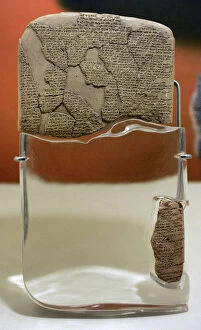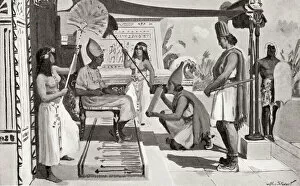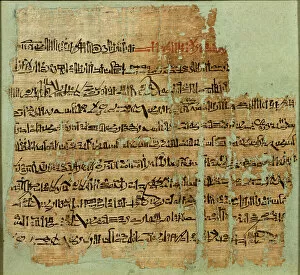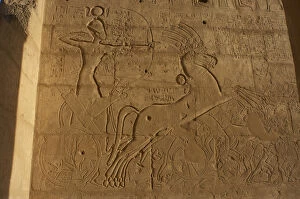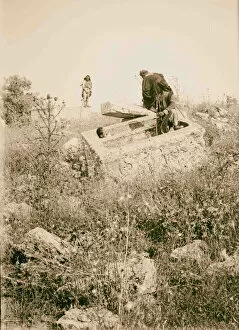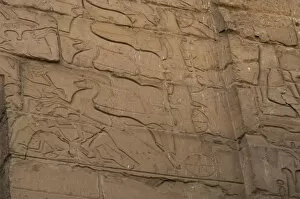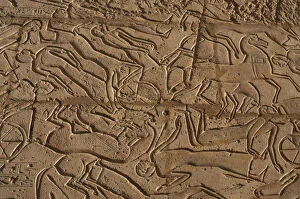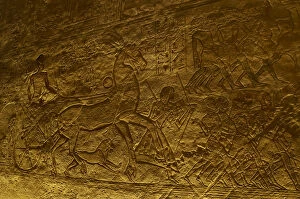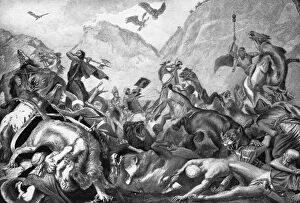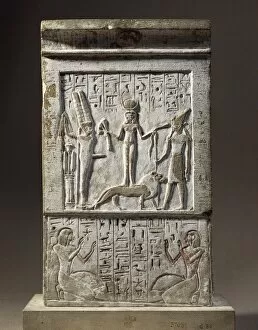Kadesh Collection
"Kadesh: A Historic Treaty and Battle of Ancient Times" In the year 1269 BC, a significant event took place in the ancient world - the Kadesh Treaty
For sale as Licensed Images
Choose your image, Select your licence and Download the media
"Kadesh: A Historic Treaty and Battle of Ancient Times" In the year 1269 BC, a significant event took place in the ancient world - the Kadesh Treaty. This treaty, also known as the Egyptian-Hittite Peace Treaty, marked a crucial moment of diplomacy between two powerful empires. The Terra witnessed this remarkable agreement that brought peace between Egypt and Hittites. It was a testament to their willingness to resolve conflicts through negotiation rather than warfare. One of the most notable battles leading up to this treaty was the Siege of Dapur by Ramesses II in 1269 BC. This battle has been immortalized in a chromolithograph from 1879, showcasing the intensity and bravery displayed by both sides. Another pivotal conflict was the Battle in 1274 BC, where Ramses II led his chariot into battle. The Luxor Temple beautifully depicts this historic event through intricate reliefs that capture every detail with precision. To commemorate his victory at Kadesh, Ramesses II received a copy of his treaty with the Hittites. This momentous occasion is depicted in an illustration from Hutchinson's History of Nations published in 1915. Accounts from Syria reveal how Ramesses II shared details about the Battle of Qadesh during New Kingdom times. These accounts shed light on strategic maneuvers and military tactics employed during this epic clash. Egyptian art further showcases Ramses II's military campaigns at various temples across Egypt. The Great Temple dedicated to him stands as a testament to his prowess as both warrior and leader. The significance cannot be understated; it symbolizes not only an era-defining peace treaty but also highlights ancient civilizations' capacity for diplomacy amidst conflict-ridden times.

